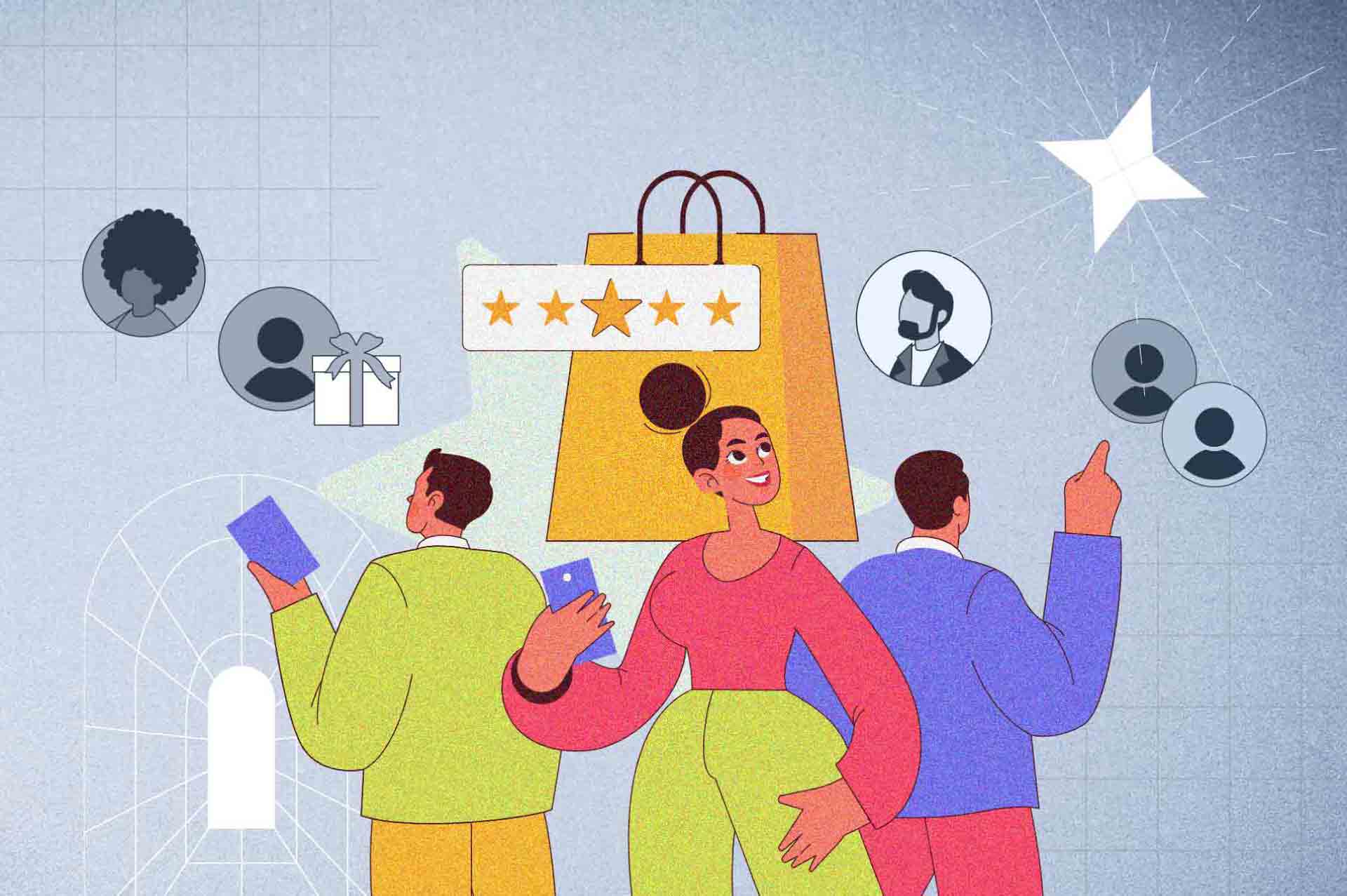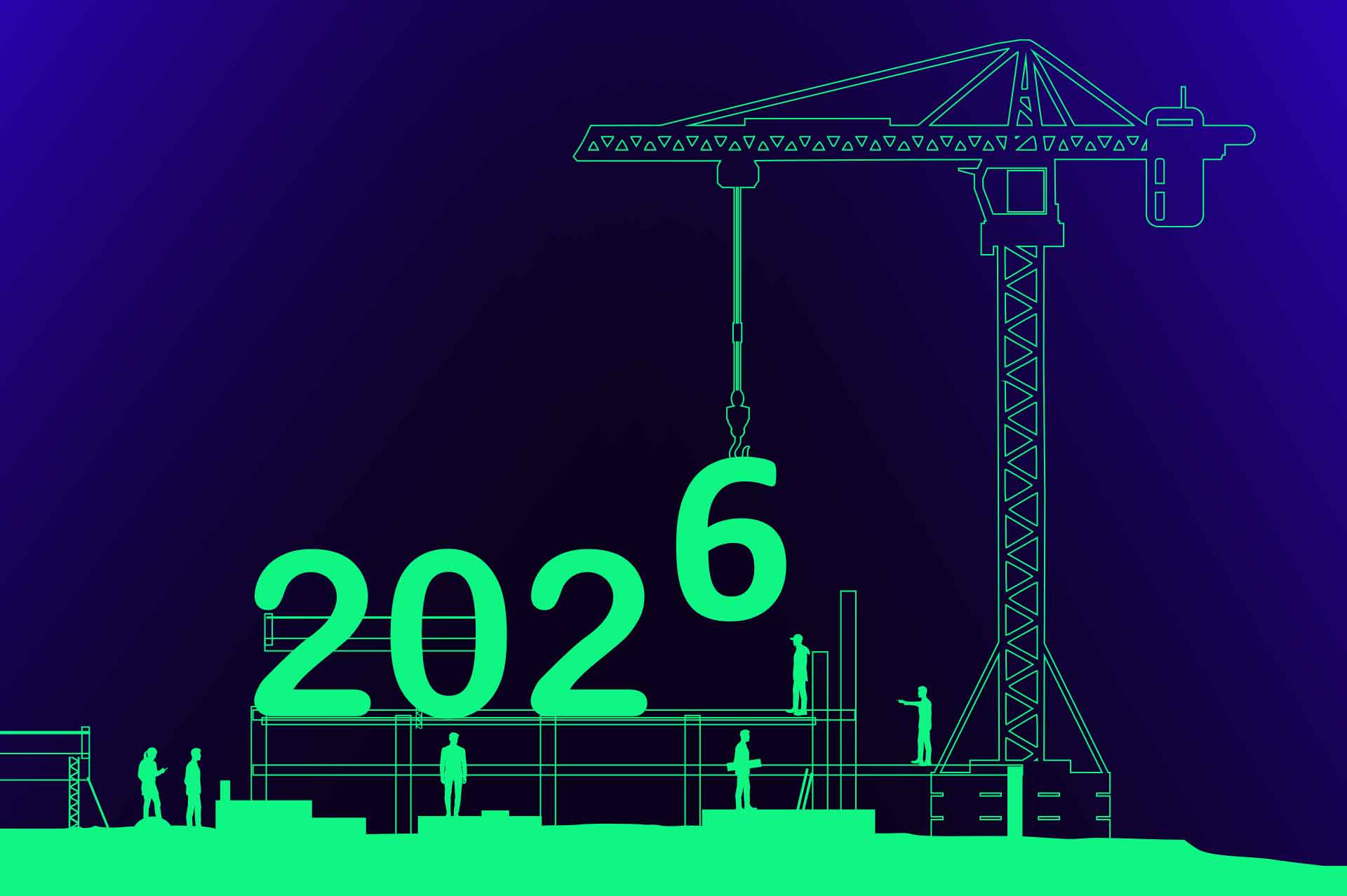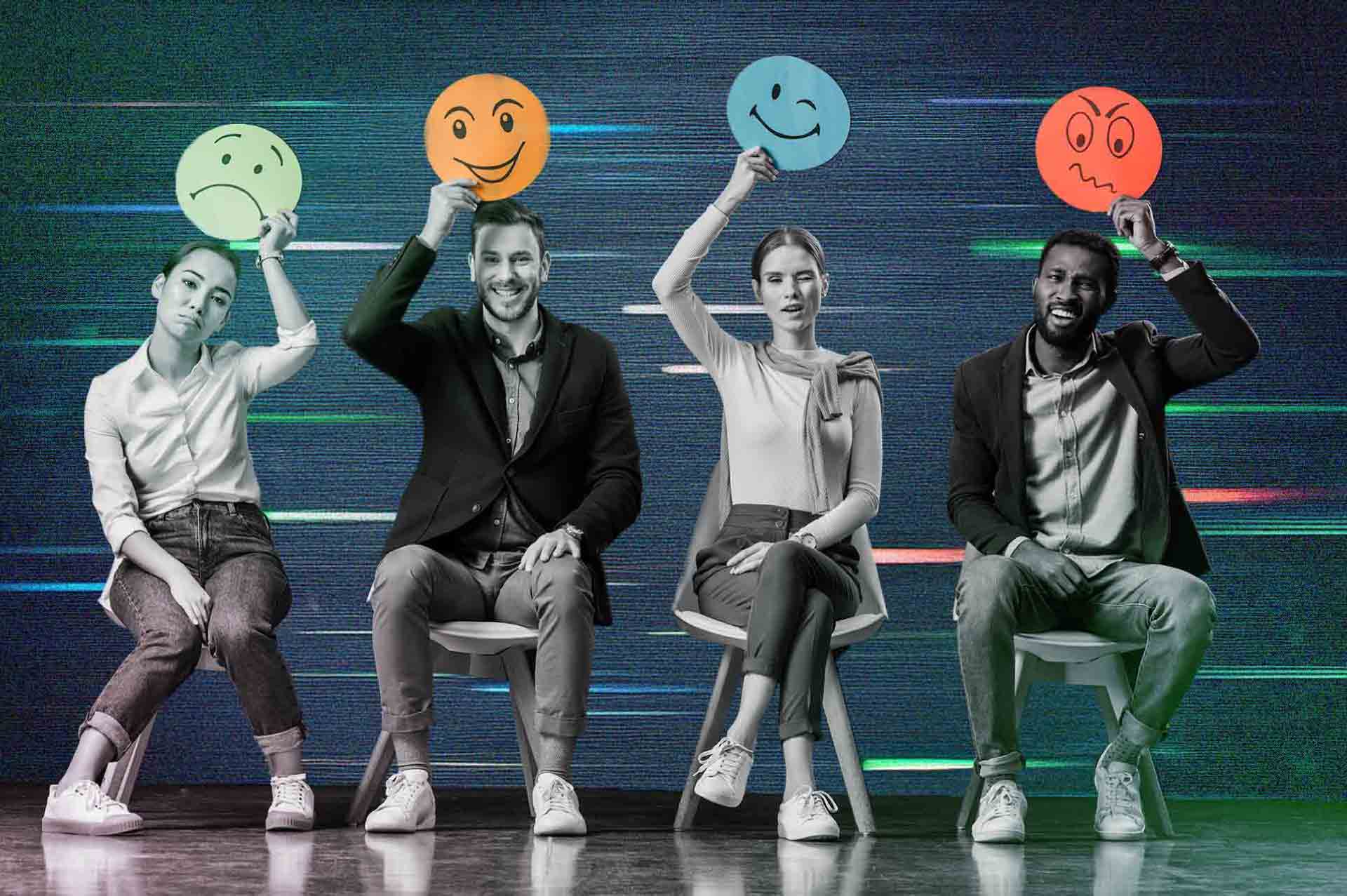Loyalty has Shifted from Transactional to Deeply Experiential
By Yolande D’Mello

Younger customers see loyalty less as a “membership” and more as a relationship, says Julian Morbidelli, Director of Loyalty at Cenomi Centers. They want immediacy, transparency, and authentic value. If they feel a brand “gets them,” they will stay, but if not, they will move on quickly.
Generational shifts are reshaping brand allegiance.
The definition of customer loyalty is undergoing a seismic shift—and younger customers are rewriting the rules. Add to the technology implications that all brands now know their customers at a deeper level, and consumers are spoiled for choice.
In this new era, loyalty is no longer about staying. It’s about staying engaged.
It’s a fair field. For marketers, this means loyalty can’t be assumed—it must be earned and re-earned. Does the key lie in data? Real-time behavioural insights, sentiment analysis, and predictive modelling can help understand what drives retention across segments. Loyalty programs must evolve from static point systems to dynamic, personalised ecosystems.
As global markets become more fragmented and digital-first, marketers must stay agile. The brands that thrive will be those that treat loyalty not as a metric, but as a living, shifting relationship—one that demands constant listening, adaptation, and relevance.

We spoke to Julian Morbidelli, Director of Loyalty at Cenomi Centers, to find out what’s changing in the loyalty landscape in Saudi Arabia.
Excerpts from the interview;
How has the definition of loyalty changed generationally, and how do younger customers view brand loyalty?
Loyalty has shifted from being purely transactional to deeply experiential. Older generations valued points and discounts as the core of loyalty. Younger customers, however, see loyalty less as a “membership” and more as a relationship. They want immediacy, transparency, and authentic value. For them, loyalty is unlocked not just through savings but through experiences, recognition, and alignment with their personal values.
If they feel a brand “gets them,” they will stay, but if not, they will move on quickly. This is especially true in Saudi Arabia, where the loyalty landscape is highly aggressive and competitive, offering customers an abundance of choice powered by advanced technology stacks. In such an environment, brands that fail to deliver risk losing relevance overnight.
Customers are wise to game the system and maximise discounts or points. Is that a bad thing, and how can marketers ensure sustainable value?
I do not see it as a bad thing at all. In fact, it shows the programme is engaging. If customers are maximising benefits, it means the proposition is attractive. The real test is whether the programme is designed with sustainability in mind. That comes from balancing perceived customer value with actual commercial outcomes.
Smart programmes create a win-win; they delight customers with tangible value while ensuring the brand captures incremental revenue, data, and engagement. The key is to design mechanics that reward desired behaviours, not just discount hunters.
How do you use consumer psychology to better understand customers?
At its core, consumer psychology is about recognising the triggers that drive behaviour, such as social proof, the bandwagon effect, and the desire for shared experiences. In Saudi Arabia, this is especially powerful because trends spread fast, and once people see others engaging, they want to be part of it.
With Cenomi Plus, we applied this insight during our acquisition phase by offering movie tickets for desired behaviours. The simplicity and universal appeal created organic momentum: through word-of-mouth alone, we reached 1.6 million downloads and growing, with 85%of users registering, all within just three months.
It is a clear example of how understanding psychology can translate into rapid adoption at scale.
What advice would you give to young marketing professionals who want to be leaders in this tech-enabled, customer-centric environment?
Get obsessed with the customer. Everything else, whether tech, data, or partnerships, exists to serve them. Stay curious and adaptive because tools will change, but the fundamentals of human connection will not.
Build range by developing skills that bridge analytics with storytelling, strategy with execution, and commercial outcomes with customer empathy. The leaders of tomorrow will be those who can connect all these dimensions into a single, customer-first vision.
Latest News & Updates
From the Advisory Board: Marketing Priorities Shaping 2026
From AI co-pilots to human judgment, VMF advisory board leaders reveal the marketing priorities shaping 2026, the over-hyped...
Sports in Saudi Arabia Has Evolved from Spectating to Belonging
Sports in KSA is now about belonging, interaction and national pride, says Adeel Ahmed Bokhari, Senior Director, Brand,...
Places are Functional; People are Emotional
John Speers, Joint Managing Director Middle East at MSQ, believes in tapping into the human essence of a...







































































